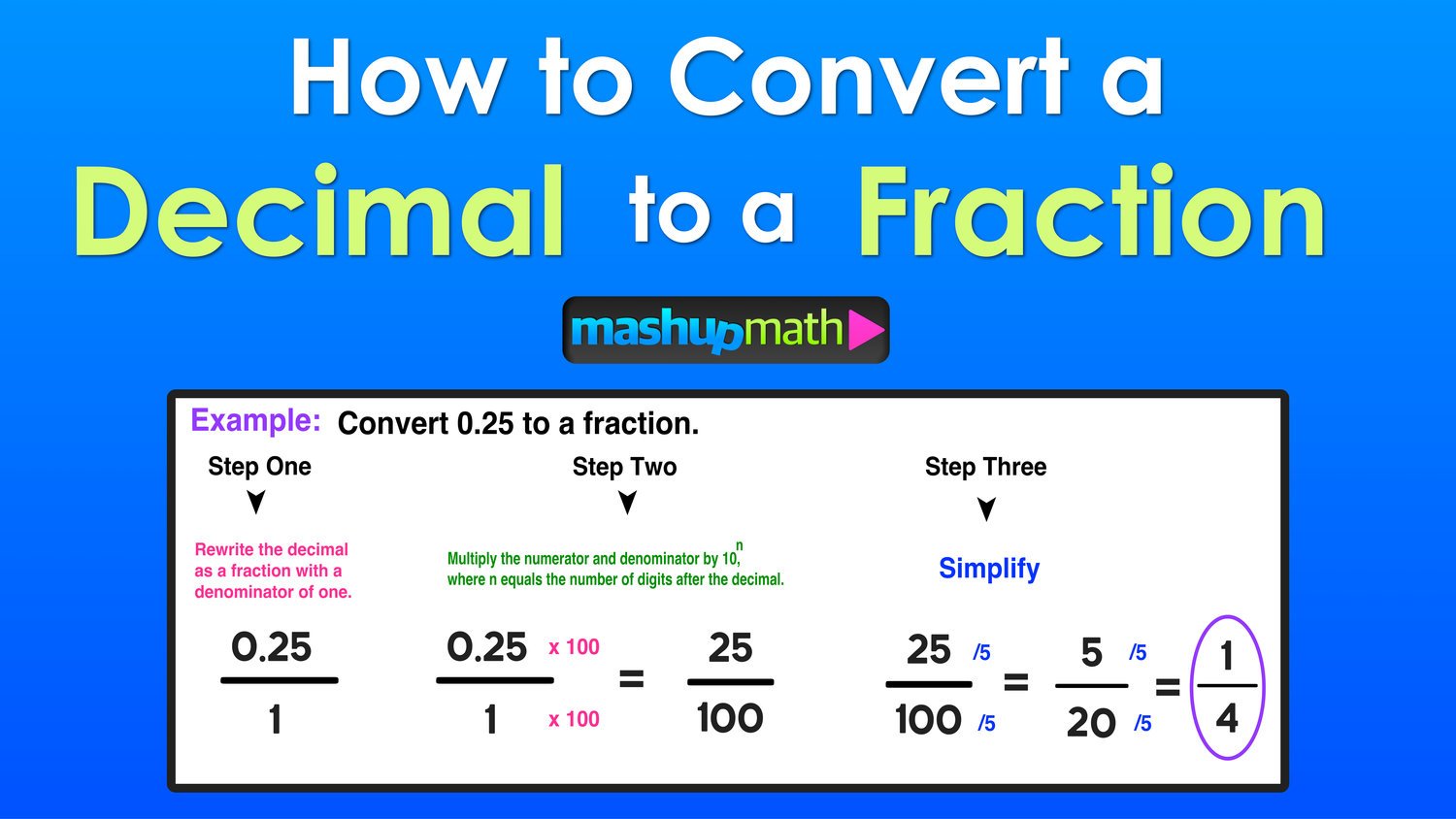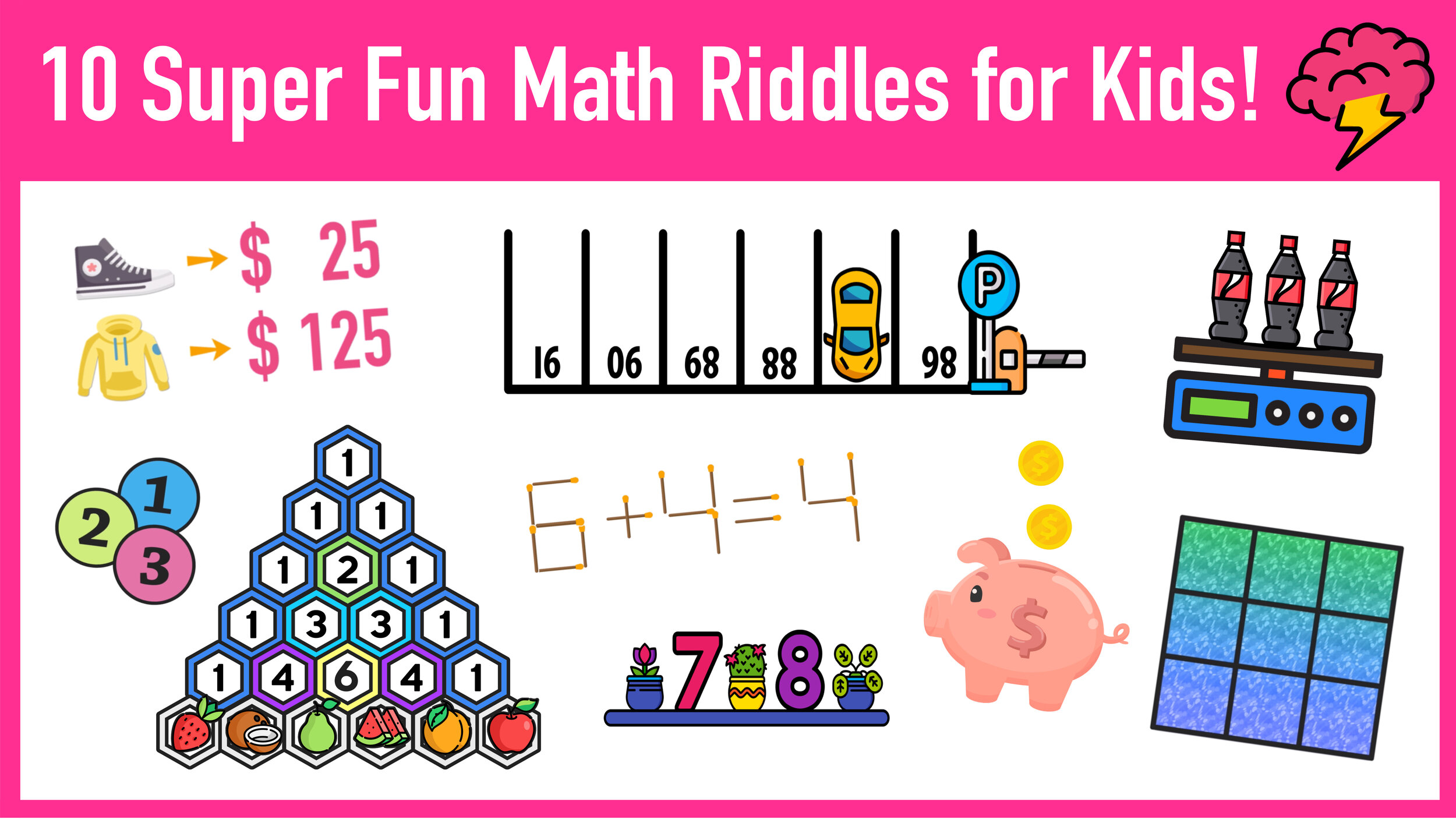What is .625 as a fraction?
.625 as a fraction is equal to 5/8
In math, it is important to be able to convert between numbers in decimal and fractional form. Given the endless nature of numbers, sometimes it can be tricky to know what fraction represents any given number in decimal form. Luckily, converting a decimal to a fraction is a relatively straightforward task (which we will show you how to do later on in this guide). However, if you’re only looking for a quick reference to the value of 0.625 as a fraction and not a complete explanation, check out the instant answer below.
Answer: .625 as a fraction equals 5/8
(The above answer is shown in simplest form and it can not be reduced)
If you are interested in learning how we came up with our answer of 5/8 and how we expressed 0.625 as a fraction, keep reading!
Why does 0.625 as a fraction equal 5/8? Step-by-Step Guide:
You can easily convert any decimal to a fraction using a simple 3-step process:
Step One: First, to convert .625 to a decimal, you must determine the place value of the very last digit of the value 0.625. The last digit refers to the number that is the farthest to the right of the decimal, so, for 0.625, the very last digit is 5, which sits in the thousandths place value slot (1/1,000).
Note that you can always use a place value chart to help you to see why the 5 digit is in the thousandths place value slot, as shown in the image below:
What is 0.625 as a fraction?
Free Student Guide: How convert any decimal into fraction in 3 easy steps? Click here to access our free guide How to Convert a Decimal to a Fraction
Step Two: Rewrite .625 as a fraction that has 1 as the denominator as follows:
.625/1
Once you have rewritten .625 as a fraction with a denominator of 1, you have to multiply both the top and bottom of the fraction by the place value slot identified during Step One, which was 1,000 (since the final digit, 5, is in the thousandths place value slot). To do this, simply multiply the numerator by 1,000 and the denominator by 1,000 as follows:
(.625 x 1,000) / (1 x 1,00) = 625/1,000
From here, you can conclude that 0.625 as a fraction is equivalent to 625/1000.
But can this fraction be reduced?
Step Three: See if Your Result from Step Two Can Be Simplified
The fraction 625/1000 can be reduced down to 5/8. Here’s how:
To see if a fraction like 625/1000 can be simplified, you have to see if you can find a Greatest Common Factor, also known as a GCF, for the numerator and the denominator. If you can find a GCF, then you can divide both the numerator and denominator of this number to get a simplified fraction.
Below is a list all of the factors of both 625 and 1,000 that we can use to look for a GCF:
Factors of 625: 1, 5, 25, 125, and 625
Factors of 1,000: 1, 2, 4, 5, 8, 10, 20, 25, 40, 50, 100, 125, 200, 250, 500, 1000
Note that the mathematical definition of a factor is any number that can be divided into another number without leaving a remainder.
By looking at the factor lists above, you can see that 625 and 1,000 share a GCF of: 125
The final step is to take that GCF of 125 and divide it into both the numerator (625) and the denominator (1,000) as follows:
(625 ÷ 125) / (1,000÷ 125) = 5/8
Conclusion: 0.625 as a fraction is 5/8
Keep Learning:
Looking to learn How to Convert a Decimal to a Fraction in 3 Easy Steps?
Click the link below to access our free step-by-step guide for students!
Tags: .625 as a fraction, 0.625 as a fraction, 625 as a fraction, what is .625 as a fraction, what is 625 as a fraction












